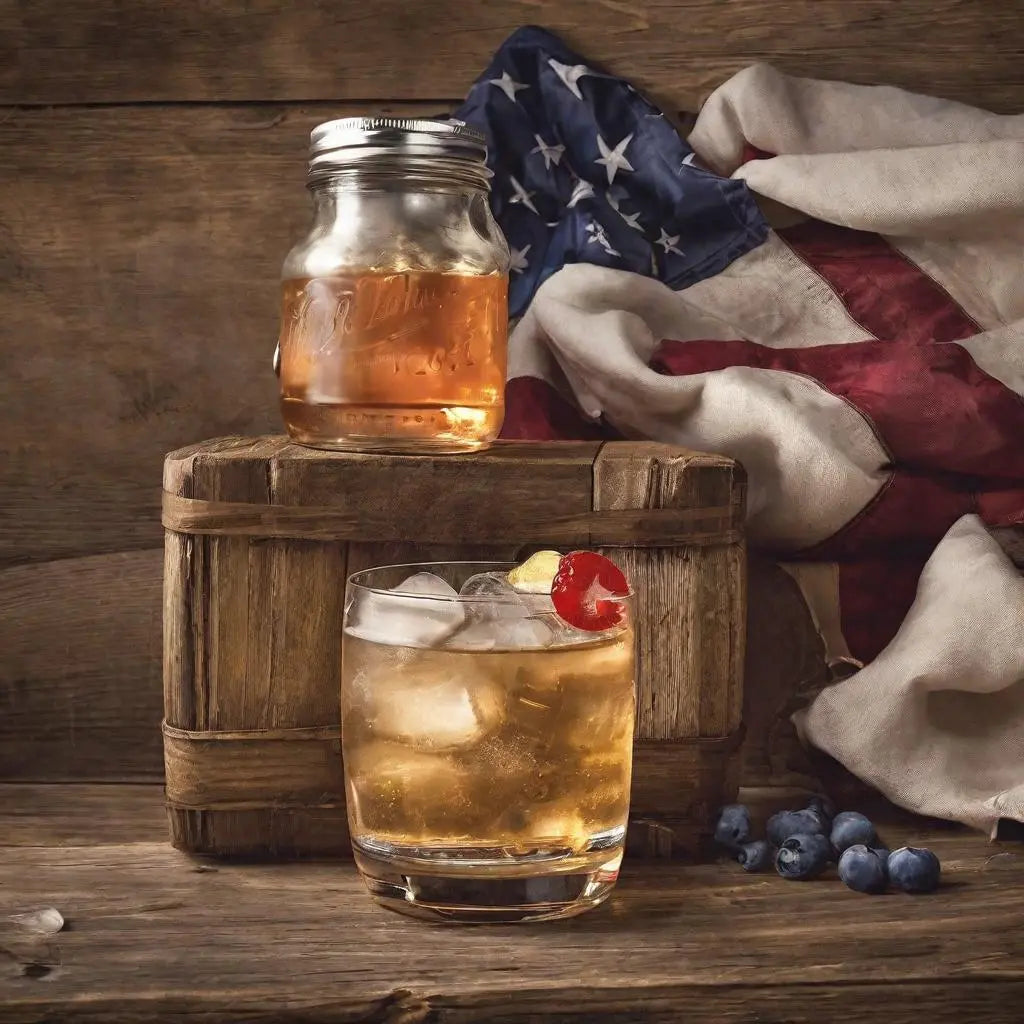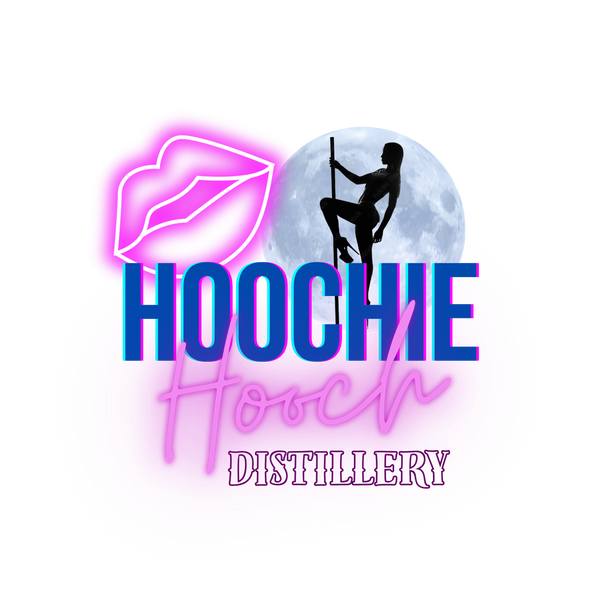
The History of Moonshine
Share
From Homemade Brews to Iconic Liquors: A Journey Through the History of Moonshine.
Moonshine is a term that refers to illegally distilled liquor, usually made from corn and with a high alcohol content. The word moonshine has been around since the 15th century, but it was first used to describe illicit liquor in England during the late 18th century . In this blog post, we will explore the history of moonshine, its origins, its role during Prohibition, and how it has evolved over time.
Origins of Moonshine
The American roots of moonshine have their origins in frontier life in Pennsylvania and other grain-producing states . Farmers found it easier and more profitable to convert their surplus corn into whiskey and transport it to markets. Whiskey was also used as a medium of exchange and a staple drink for many settlers.
However, the federal government soon imposed taxes on whiskey production and sales, which sparked resistance and resentment among the whiskey makers. The most famous episode of this conflict was the Whiskey Rebellion of 1794, when thousands of farmers in western Pennsylvania rose up against the tax collectors and federal troops.
To avoid taxation and regulation, many whiskey makers moved to more remote and mountainous areas, such as Appalachia and the Ozarks, where they could hide their stills and operate under the cover of darkness. They also developed techniques to increase the potency and purity of their product, such as using copper tubing, charcoal filtering, and adding various flavorings.
Moonshine During Prohibition
Moonshine reached its peak of popularity and production during the Prohibition era (1920-1933), when the sale, manufacture, and transportation of alcohol was banned in the United States. Moonshiners supplied a huge demand for illegal booze from speakeasies, bootleggers, and ordinary citizens who wanted to drink.
Moonshine also played a role in the development of NASCAR, the popular racing sport. Many moonshiners used fast cars to outrun the law enforcement agents who tried to catch them. They modified their vehicles to enhance their speed, power, and handling. Some of these moonshiners became professional racers after Prohibition ended, and some of them founded NASCAR in 1948.
Moonshine Today
Moonshine is still produced and consumed today, although it is no longer illegal to make your own liquor for personal use in most states (as long as you don't sell it or distill more than a certain amount). However, moonshine is still subject to federal taxes and regulations, which some moonshiners choose to ignore.
Moonshine has also become more mainstream and commercialized in recent years. Many legal distilleries now produce and sell moonshine as a novelty product, often with different flavors and packaging. Some celebrities have endorsed or launched their own brands of moonshine. Moonshine has also been featured in various movies, TV shows, books, and songs.
Moonshine is a part of American history and culture that reflects the spirit of independence, innovation, and rebellion. It is a drink that has been enjoyed by many people for different reasons and occasions. Whether you love it or hate it, moonshine is here to stay.
Moonshine, also known as white lightning, is a high-proof, unaged spirit typically made from corn mash. Its origins can be traced back to the 1700s when settlers in the Appalachian region began distilling corn into whiskey. Initially, this practice emerged as a means of preserving excess crops during the harvest season, but it quickly became a widespread cultural tradition that spanned generations.
Moonshine was an essential part of the cultural identity of the southern United States, particularly in Appalachia, where production was passed down from generation to generation. It was made in small batches and typically consumed communally during special occasions such as weddings, funerals, and religious ceremonies. Production and consumption of moonshine in the early days were secretive and strictly regulated, as it was considered illegal in most states and often associated with bootlegging and organized crime.
The production of moonshine in the United States reached its peak during the Prohibition era, which lasted from 1920 to 1933. During this time, the sale, manufacture, and transportation of alcohol were banned in the US, driving the demand for illicit liquor production underground. It was estimated that at least one-third of the alcohol consumed during the Prohibition was made by moonshiners, who operated their stills in remote areas to avoid detection by law enforcement.
Despite the end of prohibition, the allure of moonshine persisted, and its popularity continued to grow in the post-war era. During the 1950s and 60s, commercial brands such as Junior Johnson's Midnight Moonshine and Popcorn Sutton's Tennessee White Whiskey emerged, elevating moonshine from a niche cultural tradition to a commercially viable product.
Today, the production and sale of moonshine are legal in many states in the US, and it has become a popular spirit with its unique flavor and storied history. Moonshine has come a long way from its humble beginnings as a homemade brew made by Appalachian settlers to becoming an iconic American liquor with a cultural following.
In conclusion, the history of moonshine is a testament to the resilience and creativity of the American people. Its journey from a simple means of preserving excess crops to becoming a cultural tradition and later an iconic liquor is a fascinating one. Despite the stigma associated with its illegal production, moonshine has become an integral part of American culture and history, and its popularity shows no signs of fading.
